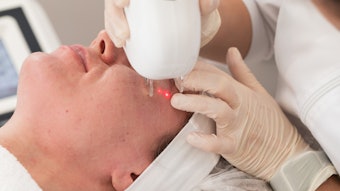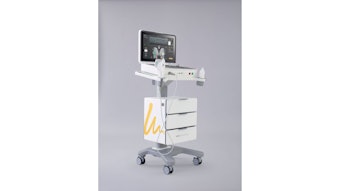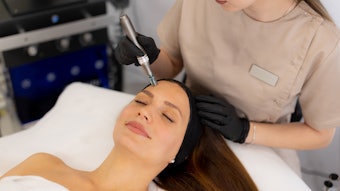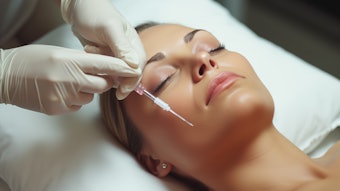
The following information is useful if yours is a medical spa trying to forecast growth during the upcoming years or a spa considering bringing medical spa services into the mix.
Although it's been a sluggish year for plastic surgery due to the economy, the long-term outlook is more encouraging. According to statistics released by the American Society of Plastic Surgeons (ASPS), 12.5 million cosmetic plastic surgery procedures were performed in the United States in 2009, down 1% from 2008; up 69% since 2000. Nearly 5.2 million reconstructive plastic surgery procedures were performed last year.
"The industry has experienced some economic downturn during the later part of the decade due to the recession, but, overall, plastic surgery has seen growth in the first decade of the new millennium," said ASPS president Michael McGuire, MD. "The current economic climate will likely not have an impact on long-term growth. The largest contributor to the increase in procedures over the past decade has been the advent of injectable wrinkle fighters and other minimally invasive procedures."
Cosmetic minimally invasive procedures increased 1%, to nearly 11 million procedures in 2009. Minimally invasive procedures are up 99% since 2000. The top five minimally invasive procedures in 2009 were:
- Botulinum toxin type A (4.8 million)
- Soft tissue fillers (1.7 million)
- Chemical peel (1.1 million)
- Microdermabrasion (910,000)
- Laser hair removal (893,000)
"Skin is in," said McGuire. "Chemical peels and soft tissue fillers like hyaluronic acid are up 9%, microdermabrasion is up 8%—these are the procedures that patients are opting for despite the economy."
Cosmetic surgical procedures decreased 9%, with more than 1.5 million procedures in 2009. Surgical procedures are down 20% since 2000. The top five surgical procedures in 2009 were:
- Breast augmentation (289,000)
- Nose reshaping (256,000)
- Eyelid surgery (203,000)
- Liposuction (198,000)
- Tummy tuck (115,000)
"It would seem, as innovations in cosmetic minimally invasive procedures increase, surgery will continue to decrease," added McGuire. "However, as the economy rebounds, more patients and boomers will continue to seek surgical body contouring procedures (liposuction, tummy tuck), eyelid surgery and breast augmentations. In fact, breast augmentations are up 36% since 2000. Silicone implants are now used in 50% of all breast augmentations."
Echoing McGuire's words, new consumer data from an online survey conducted in March by Harris Interactive on behalf of RealSelf.com found America's interest in cosmetic procedures to be on the rise. According to the survey, more adults would choose to have "work done" if money was not an issue in the first quarter of 2010 (69%), as compared to fourth quarter 2009 (54%)—an increase of 15%. There is also high interest for "Mommy Makeover"-type procedures: more than one in four (29%) of those who would get cosmetic work done if money were not an issue would have a tummy tuck, 23% liposuction, and 15% a breast lift. Eyelid surgery was the top procedure for those planning to have a cosmetic surgical procedure within the next 12 months (27%). Laser hair removal was the top procedure for those planning a minimally invasive procedure within the next 12 months (23%).
Reconstructive plastic surgery, which improves function and appearance to abnormal structures, increased 5% in 2009. The top five reconstructive procedures in 2009 were:
- Tumor removal (3.9 million)
- Laceration repair (332,000)
- Scar revision (171,000)
- Hand surgery (110,000)
- Maxillofacial surgery (90,000)
"Reconstructive plastic surgery is an important part of what we do," said McGuire. "We know that 70% of women eligible for breast reconstruction after cancer are not aware of their reconstructive options. We would like to see this change to the point that we can report this procedure is now among the top five reconstructive procedures."
ASPS procedural statistics are collected through the first online national database for plastic surgery procedures, Tracking Operations and Outcome for Plastic Surgeons (TOPS). This data, combined with the annual survey sent to American Board of Medical Specialties certified physicians most likely to perform these procedures, results in a comprehensive census on plastic surgery.
To view the entire 2009 National Clearinghouse of Plastic Surgery Statistics report, visit plasticsurgery.org. Visitors can also find information about procedures and referrals to ASPS member surgeons.










